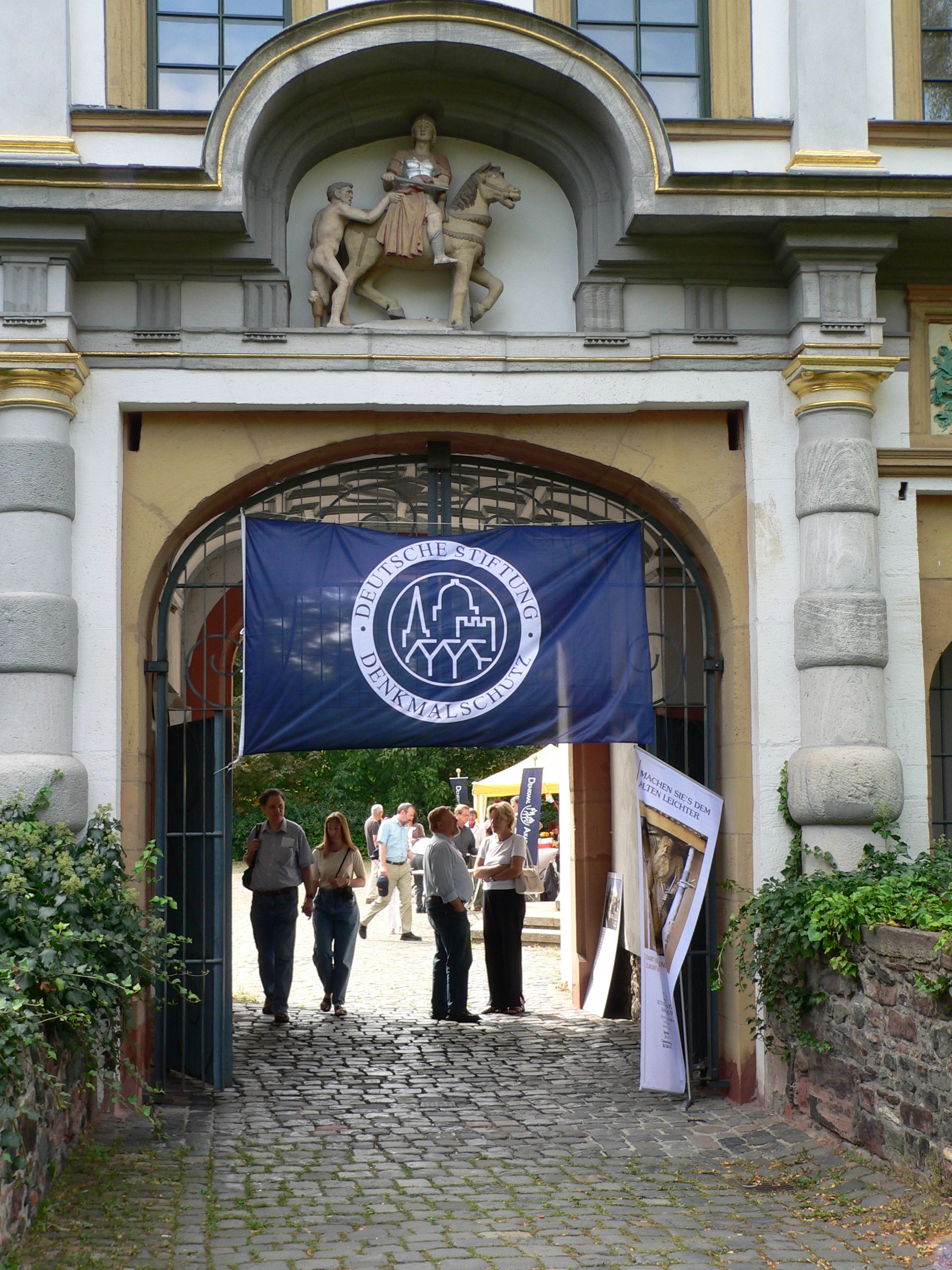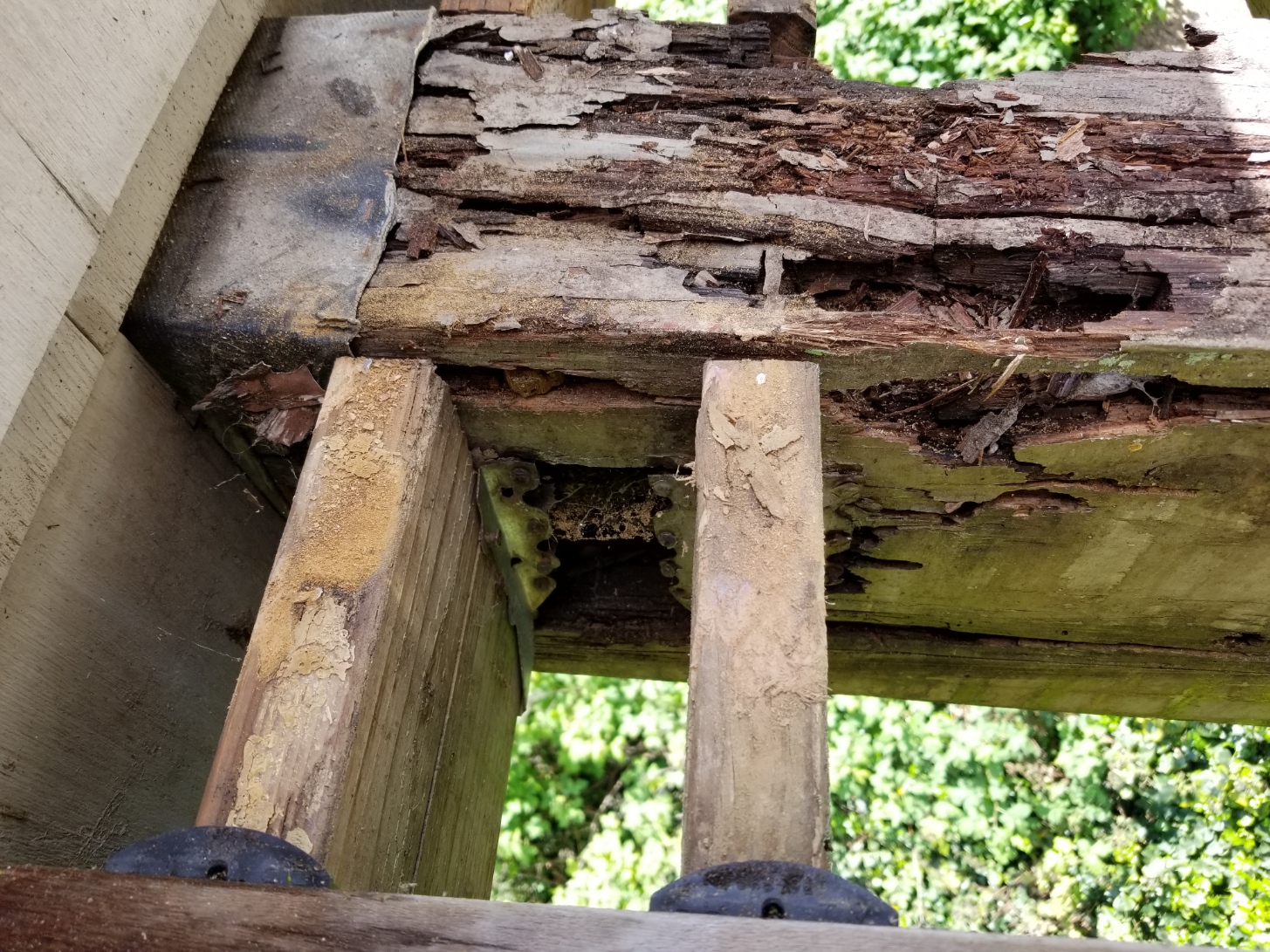|
Stolberg Castle
Stolberg Castle (german: Schloss Stolberg) is a palace in the town of Stolberg in the Harz Mountains of Germany. It dates to the 13th century and stands above the town on a hill with steep drops on three sides. Since 2003 it has been completely restored and renovated by the German Foundation for Monument Conservation. History Its oldest element, the round tower, dates to the time around 1200, the more recent elements were built in the Renaissance style between 1539 and 1547. In the southeast wing is the Classicist Great Reception Room (''Großes Empfangszimmer'') and the Red Room (''Roter Saal'') designed by Karl Friedrich Schinkel. The castle was given its present appearance thanks to rebuilding between 1690 and 1700. Until they were dispossessed in 1945, the castle was owned by the family of the Prince of Stolberg-Stolberg. From 1947 the castle was used as a holiday home for the Free German Trade Union Federation (FDGB). The work carried out for this purpose and its numero ... [...More Info...] [...Related Items...] OR: [Wikipedia] [Google] [Baidu] |
Stolberg (Harz)
is a town (sometimes itself called 'Harz' in historical references) and a former municipality in the district of Mansfeld-Südharz, in the German State of Saxony-Anhalt, Germany. It is situated in the southern part of the Harz mountains, about west of Sangerhausen, and northeast of Nordhausen. Since 1 September 2010, it has been part of the municipality of Südharz. History Stolberg was established as a settlement for miners in around AD 1000, although there is evidence of mining in the area as far back as 794. The name is derived from the German words ''Stollen'' = "ininggallery" and ''Berg'' = "hill". Iron, copper, silver, tin and gold were extracted there. Town status was awarded to Stolberg (Harz) before 1300. During the German Peasants' War, Stolberg was the site of several battles, the peasants being led by Thomas Müntzer who was born in the town. On 2 May 1525, rebellious peasants invaded the town and forced the ruling Count Botho of Stolberg to accept their d ... [...More Info...] [...Related Items...] OR: [Wikipedia] [Google] [Baidu] |
Harz Mountains
The Harz () is a highland area in northern Germany. It has the highest elevations for that region, and its rugged terrain extends across parts of Lower Saxony, Saxony-Anhalt, and Thuringia. The name ''Harz'' derives from the Middle High German word ''Hardt'' or ''Hart'' (hill forest). The name ''Hercynia'' derives from a Celtic name and could refer to other mountain forests, but has also been applied to the geology of the Harz. The Brocken is the highest summit in the Harz with an elevation of above sea level. The Wurmberg () is the highest peak located entirely within the state of Lower Saxony. Geography Location and extent The Harz has a length of , stretching from the town of Seesen in the northwest to Eisleben in the east, and a width of . It occupies an area of , and is divided into the Upper Harz (''Oberharz'') in the northwest, which is up to 800 m high, apart from the 1,100 m high Brocken massif, and the Lower Harz (''Unterharz'') in the east which is up to aroun ... [...More Info...] [...Related Items...] OR: [Wikipedia] [Google] [Baidu] |
German Foundation For Monument Conservation
The ''Deutsche Stiftung Denkmalschutz'' ("German Foundation for Monument Protection") is a German private initiative founded in 1985 that works for the preservation of cultural heritage in Germany and to promote the idea of cultural heritage management. Background Since 1900, when Georg Dehio published his ''Handbook of German Art Heritage'', Germany has not had a central list of National Heritage Sites. Each of the sixteen states keeps their own set of lists and many towns and cities keep their own lists, all based on varying criteria for inclusion. Monument protection Denkmalschutz works to coordinate efforts, promote public awareness, and also to act as a central contact for worldwide organizations such as UNESCO World Heritage. They also organize and fund the European Heritage Days in Germany, which are called Tag des offenen Denkmals. This "open monument day" has been held yearly with a different theme since 1993 on the second Sunday of September. For example, in 2011 on ... [...More Info...] [...Related Items...] OR: [Wikipedia] [Google] [Baidu] |
Renaissance (architecture)
Renaissance architecture is the European architecture of the period between the early 15th and early 16th centuries in different regions, demonstrating a conscious revival and development of certain elements of ancient Greek and Roman thought and material culture. Stylistically, Renaissance architecture followed Gothic architecture and was succeeded by Baroque architecture. Developed first in Florence, with Filippo Brunelleschi as one of its innovators, the Renaissance style quickly spread to other Italian cities. The style was carried to Spain, France, Germany, England, Russia and other parts of Europe at different dates and with varying degrees of impact. Renaissance style places emphasis on symmetry, proportion, geometry and the regularity of parts, as demonstrated in the architecture of classical antiquity and in particular ancient Roman architecture, of which many examples remained. Orderly arrangements of columns, pilasters and lintels, as well as the use of semicircula ... [...More Info...] [...Related Items...] OR: [Wikipedia] [Google] [Baidu] |
Classicist
Classics or classical studies is the study of classical antiquity. In the Western world, classics traditionally refers to the study of Classical Greek and Roman literature and their related original languages, Ancient Greek and Latin. Classics also includes Greco-Roman philosophy, history, archaeology, anthropology, art, mythology and society as secondary subjects. In Western civilization, the study of the Greek and Roman classics was traditionally considered to be the foundation of the humanities, and has, therefore, traditionally been the cornerstone of a typical elite European education. Etymology The word ''classics'' is derived from the Latin adjective '' classicus'', meaning "belonging to the highest class of citizens." The word was originally used to describe the members of the Patricians, the highest class in ancient Rome. By the 2nd century AD the word was used in literary criticism to describe writers of the highest quality. For example, Aulus Gellius, in his ''A ... [...More Info...] [...Related Items...] OR: [Wikipedia] [Google] [Baidu] |
Karl Friedrich Schinkel
Karl Friedrich Schinkel (13 March 1781 – 9 October 1841) was a Prussian architect, city planner An urban planner (also known as town planner) is a professional who practices in the field of town planning, urban planning or city planning. An urban planner may focus on a specific area of practice and have a title such as city planner, town ... and painter who also designed furniture and stage sets. Schinkel was one of the most prominent architects of Germany and designed both neoclassical and neogothic buildings. His most famous buildings are found in and around Berlin. Biography Schinkel was born in Neuruppin, Margraviate of Brandenburg. When he was six, his father died in the disastrous Neuruppin fire of 1787. He became a student of architect Friedrich Gilly (1772–1800) (the two became close friends) and his father, David Gilly, in Berlin. At that time, the architectural taste in Prussia was shaped in neoclassical style, mainly by Carl Gotthard Langhans, the archit ... [...More Info...] [...Related Items...] OR: [Wikipedia] [Google] [Baidu] |
Counts Of Stolberg
The County of Stolberg (german: Grafschaft Stolberg) was a county of the Holy Roman Empire The Holy Roman Empire was a political entity in Western, Central, and Southern Europe that developed during the Early Middle Ages and continued until its dissolution in 1806 during the Napoleonic Wars. From the accession of Otto I in 962 ... located in the Harz mountain range in present-day Saxony-Anhalt, Germany. It was ruled by a branch of the House of Stolberg. The town of Stolberg, Saxony-Anhalt, Stolberg was probably founded in the 12th century as a mining settlement. The Counts of Stolberg (''Grafen zu Stolberg'') probably derived from a branch of the counts of Hohnstein castle near Nordhausen, Thuringia, Nordhausen in Thuringia. The castle of Stolberg was first mentioned in 1210 as ''Stalberg'', then the seat of one count Henry originally from nearby Voigtstedt. It remained a property of the comital family until its expropriation in 1945. The Stolberg lands, which were lo ... [...More Info...] [...Related Items...] OR: [Wikipedia] [Google] [Baidu] |
Free German Trade Union Federation
The Free German Trade Union Federation (german: Freier Deutsche Gewerkschaftsbund or ''FDGB'') was the sole national trade union centre of the German Democratic Republic (GDR or East Germany) which existed from 1946 and 1990. As a mass organisation of the GDR, nominally representing all workers in the country, the FDGB was a constituent member of the National Front. The leaders of the FDGB were also senior members of the ruling Socialist Unity Party. Structure 200px, Harry Tisch, FDGB chairman from 1975 to 1989. The bureaucratic union apparatus was a basic component and tool of the SED’s power structure, constructed on the same strictly centralist hierarchical model as all other major GDR organizations. The smallest unit was a ''Kollektiv'', which nearly all workers in any organisation belonged to, including state leaders and party functionaries. They recommended trustworthy people as the lowest FDGB functionaries and voted for them in open-list ballots. The higher posit ... [...More Info...] [...Related Items...] OR: [Wikipedia] [Google] [Baidu] |
Treuhand
The (" Trust agency"), colloquially referred to as , was an agency established by the government of the German Democratic Republic to reprivatise/ privatise East German enterprises, Volkseigene Betriebe (VEBs), prior to German reunification. Created by the Volkskammer on 17 June 1990, it oversaw the restructure and sale of about 8,500 state-owned companies with over four million employees. At that time, it was the world's largest industrial enterprise, controlling everything from steel works to the Babelsberg Studios. Responsibilities The Treuhand was responsible for more than just the 8,500 state-owned enterprises. It also took over around 2.4 million hectares of agricultural land and forests, the property of the former Stasi, large parts of the property of the former National People's Army, large-scale public housing property, and the property of the state pharmacy network. On the day of reunification, 3 October 1990, it took over the property of the political parties and ... [...More Info...] [...Related Items...] OR: [Wikipedia] [Google] [Baidu] |
Dry Rot
Dry rot is wood decay caused by one of several species of fungi that digest parts of the wood which give the wood strength and stiffness. It was previously used to describe any decay of cured wood in ships and buildings by a fungus which resulted in a darkly colored deteriorated and cracked condition. The life-cycle of dry rot can be broken down into four main stages. Dry rot begins as a microscopic spore which, in high enough concentrations, can resemble a fine orange dust. If the spores are subjected to sufficient moisture, they will germinate and begin to grow fine white strands known as hyphae. As the hyphae grow they will eventually form a large mass known as mycelium. The final stage is a fruiting body which pumps new spores out into the surrounding air. In other fields, the term has been applied to the decay of crop plants by fungi. In health and safety, the term is used to describe the deterioration of rubber, for example the cracking of rubber hoses. Discussion ' ... [...More Info...] [...Related Items...] OR: [Wikipedia] [Google] [Baidu] |
_22.jpg)







